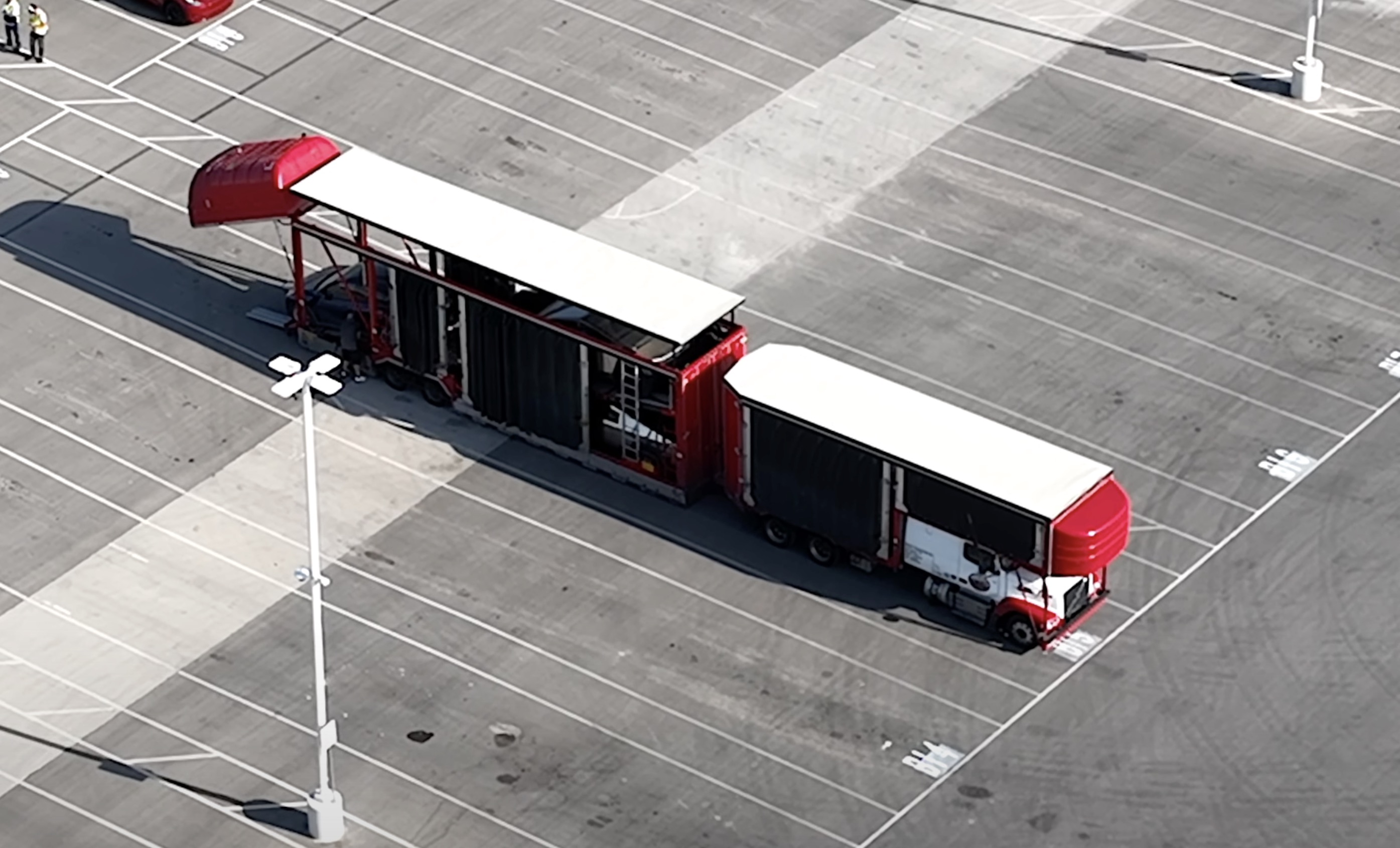@Mungo calculated a increase in yield from 55% to 73%, for the record I calculated ,70% to 98%, but I have low confidence in my calculation.
All we can confidently say is it is very likely Austin yields are now in the 70%.-98% range.
Initially at Austin they were stockpiling 4680 packs and working on the yield on 1 on 4 lines, they were probably recently doing batch production switching between 4680 and 2170 packs.
As strange as it may seem yields at Austin were probably lower than yields at Kato road for some time.,
They have recently split into separate parallel production lines, this implies to me that Austin yields are no longer a major problem and are in the same general ballpark as Kato Rd.
The 80% lift in production capacity can't be explained by improved yield alone, most probably they are started ramping the other 3 4680 lines at Austin, but my hunch is those ramps are still early stages.
Similar to Mongo I considered any cell that failed quality checks to be an 100% loss, in part because a lot of the cost is the manufacturing cost and in part due to the lack of a working onsite Cathode plant, meaning that any cell recycling can't completely close the loop, cathodes need to be imported.
Working on yields before ramping additional lines also made efficient use of raw materials including imported cathode materials which can not easily be replaced.





